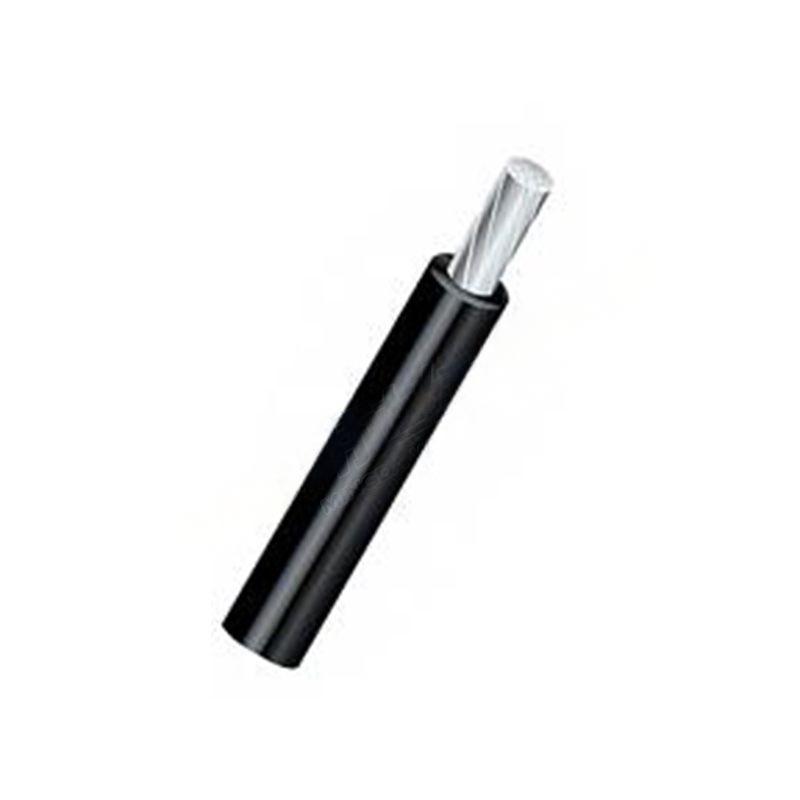Nov . 10, 2024 19:53 Back to list
EPDM Rubber Expansion Joint Applications and Benefits for Industrial Use
Understanding EPDM Rubber Expansion Joints
Expansion joints are critical components in various industrial applications, designed to accommodate thermal expansion and contraction in piping systems. Among the various materials used to manufacture these joints, ethylene propylene diene monomer (EPDM) rubber stands out for its remarkable properties. In this article, we will delve into the characteristics, benefits, applications, and installation considerations of EPDM rubber expansion joints.
What is EPDM Rubber?
EPDM rubber is a type of synthetic rubber made from ethylene, propylene, and a diene component. It is known for its excellent resistance to heat, ozone, and weathering. EPDM exhibits outstanding flexibility, making it a preferred choice for applications requiring resilience against dynamic movements. These qualities make EPDM rubber particularly suitable for expansion joints, which must absorb vibrations and movements while maintaining a seal against liquids and gases.
Benefits of EPDM Rubber Expansion Joints
1. Thermal Stability EPDM rubber can withstand a wide temperature range, typically from -40°F to 212°F (-40°C to 100°C). This thermal stability is crucial for systems that experience temperature fluctuations, ensuring reliable performance over time.
2. Chemical Resistance EPDM exhibits good resistance to many chemicals, including sweat and corrosive fluids commonly found in industrial environments. Its ability to resist degradation ensures longevity and reduces maintenance costs associated with replacements.
3. Flexibility and Compression These expansion joints can easily flex and compress, accommodating shifts in piping and reducing stress on pipe connections. The innovative design of EPDM joints allows them to absorb vibrations from machinery and thermal extensions without compromising structural integrity.
4. Weather and UV Resistance Since EPDM is highly resistant to aging, ozone, and UV radiation, it is ideal for outdoor applications where it may be exposed to harsh weather conditions. This resistance helps extend the life of the expansion joint, reducing the risk of leaks and failures.
epdm rubber expansion joint

5. Cost-Effectiveness EPDM expansion joints are generally more affordable compared to other materials like metal or silicone. Their durability and resistance to wear contribute to lower overall costs in long-term operations.
Applications of EPDM Rubber Expansion Joints
EPDM rubber expansion joints are utilized in various industries, including
- Water and Wastewater Management These joints are used in piping systems for water treatment facilities and sewage systems, where flexibility and resistance to chemicals are essential. - HVAC Systems In heating, ventilation, and air conditioning systems, EPDM expansion joints minimize vibration transmission and accommodate system movements. - Oil and Gas The joints are employed in pipelines to allow for expansion and contraction due to temperature changes, ensuring a secure and leak-free connection. - Marine Applications EPDM rubber's weather resistance makes it suitable for coastal areas where exposure to salty air and marine conditions occurs.
Installation Considerations
Proper installation of EPDM rubber expansion joints is critical for optimizing their performance and longevity. Key considerations include ensuring correct alignment of the piping system, adequate support to avoid undue stress, and adherence to the manufacturer's guidelines for torque and connection methods. Failure to install these joints correctly can lead to premature wear, leaks, and costly repairs.
Conclusion
EPDM rubber expansion joints are indispensable in diverse industrial applications, offering flexibility, durability, and resistance to environmental factors. Their ability to absorb movement and vibrations makes them ideal for protecting pipeline integrity and ensuring system reliability. As industries continue to prioritize efficiency and cost-effectiveness, EPDM expansion joints will remain a vital component in modern engineering solutions. Understanding their properties and applications guarantees the proper selection and installation, leading to sustainable and efficient operations in various sectors.
Share
-
Reliable Wafer Type Butterfly Valves for Every IndustryNewsJul.25,2025
-
Reliable Flow Control Begins with the Right Ball Check ValveNewsJul.25,2025
-
Precision Flow Control Starts with Quality ValvesNewsJul.25,2025
-
Industrial Flow Control ReliabilityNewsJul.25,2025
-
Engineered for Efficiency Gate Valves That Power Industrial PerformanceNewsJul.25,2025
-
Empowering Infrastructure Through Quality ManufacturingNewsJul.25,2025